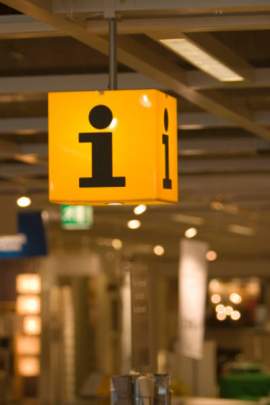
Facts You Must Know About the B-18 Discharge of Debtor Order

All told, there are numerous important forms for bankruptcy seekers to complete, file and have confirmed on their behalf. Perhaps no bankruptcy form, though, is as highly sought after by suffering debtors as the discharge of debtor.
The B-18 Discharge of Debtor order is one of the numerous forms for bankruptcy signed by the judge. It is more of a notice than a petition or application on the part of the debtor. In most cases, unless the B-15 bankruptcy form (Order Confirming Plan) were to be refused to be signed by the judge hearing the proceedings, these debts will have a high chance of being nullified by the courts. Depending on the chapter under which a hearing is filed, more or less money will have to be repaid under the bankruptcy chapter of the applicant's choice prior to full recognition of the discharge.
The main text of the B-18 Discharge of Debtor order is fairly straightforward and serves to further notify creditors that they may not try to collect on previous outstanding debts after the signing of the physical B-18 bankruptcy form and the subsequent discharge of debts. Should they choose, debtors may voluntarily pay monies owed, even after the discharge.
Still, as with other forms for bankruptcy, it is not as if the underlying concerns are totally lucid. As with the U.S. Bankruptcy Courts proof of claim petition, there is an explanatory appendix to the B-18 bankruptcy form that contains pertinent information for creditors. This section, for one, stresses the fact that a discharge of debtor terminates the relationship between borrower and lender, making it illegal to bother a debtor after the fact.
This appendix also includes exceptions to the rule. While most forms of debts are discharged in personal bankruptcy cases under Section 523 of the Bankruptcy Code, other forms, for bankruptcy seekers, cannot be denied so simply. The Discharge of Debtor lists an assortment of nondischargeable debts in a Chapter 7 bankruptcy matter.
NEXT: Disclosure Statement




















